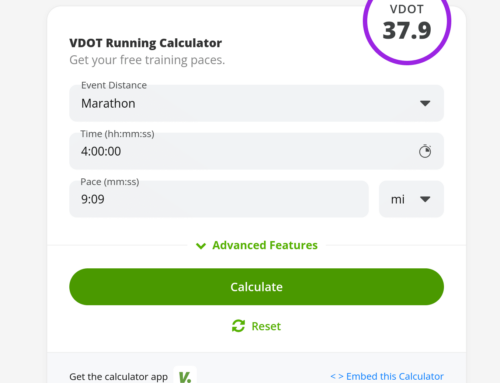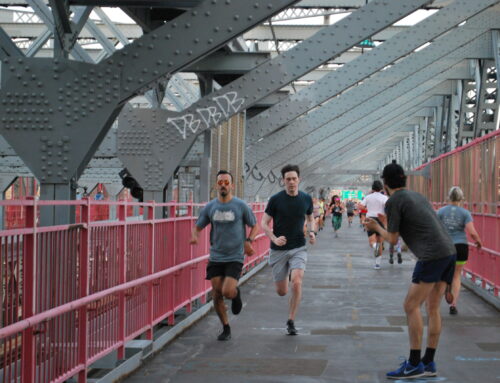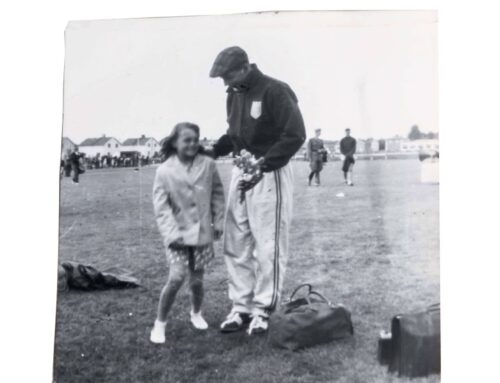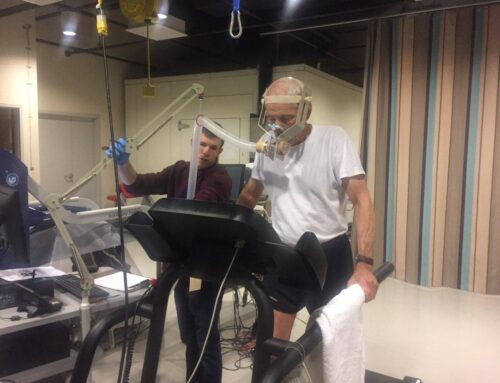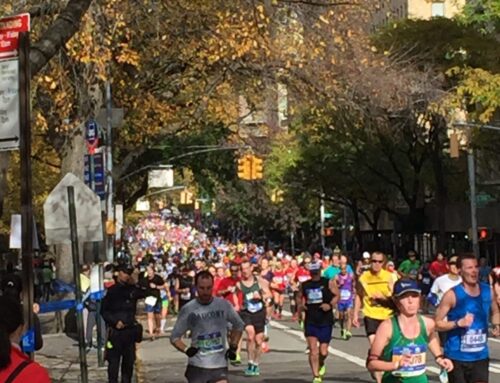By Malindi Elmore
[Part 1 of “It’s All About The Kick” can be found here.]
Many track runners think they must possess raw speed to win with a kick. This is simply not true. Kicking is often a relative term, and can almost be explained better as who slows down the least. The faster the pace, the more likely this is true. Pedestrian or championship “sit and kick” races are their own category and stranger things have been known to happen, so for the sake of this argument, let’s assume that the majority of the race is at a pace appropriate for the quality of the field assembled. (In Part 3 of this series I’ll discuss “Shifting Gears” for championship race kicks).
Let’s pretend the field is running a 4-minute 1500m pace (64 seconds/ lap) – which is world class running for women. Let’s also pretend we have 2 favored athletes in the race: Runner A who is a 1:57 800m runner and Runner B who is a 14:40 5000m runner. Runner A can obviously run much faster over 200m than Runner B (probably around 5-6 seconds faster in a 200m sprint!). If the race pace is fast and the both athletes are still together with 200m to go, who do you think will win the race?
If the first 1300m of the race is an honest pace, I would be inclined to say that Runner B (the 5000m runner) has an equal or better chance of winning the race. Why? Because simply running 30 seconds at the end of the race will be a “kick.” The athlete that arrives to the start of the kick the least tired will have a better chance of being able to change gears and run the same pace or faster to the finish.
The same is true for many 800m races: if you time the last 200m of the race, it is often slower than the first 200m of the race, and although it appears that the winning athlete “kicked” to win, he was actually just slowing down the least. This is why it is so dramatic when runners (like Nick Symmonds) can run from the back of the field and fly down the finishing straight to win the race. The other athletes are simply slowing down and he is running the same speed or maybe a bit faster than he was earlier in the race but appears to be sprinting. In the video above he runs roughly :54 seconds for his first 400m and comes back in :54 to win in 1:48.
I use these analogies for two primary reasons:
- To encourage you to watch races and actually pay attention to the splits of top athletes.
- To assure you that you do not need the fastest foot speed in the field to win races. What you need is to be fit, strong, aerobically developed, patient, confident, and savvy in your races – and consider that if you are part of the race with 200m remaining, you can win with the right timing of your kick.
–
Malindi Elmore is 2-time Olympian, 6-time National Champion and Stanford record-holder in the 800m and 1500m. Learn more about Malindi’s private coaching services here.
